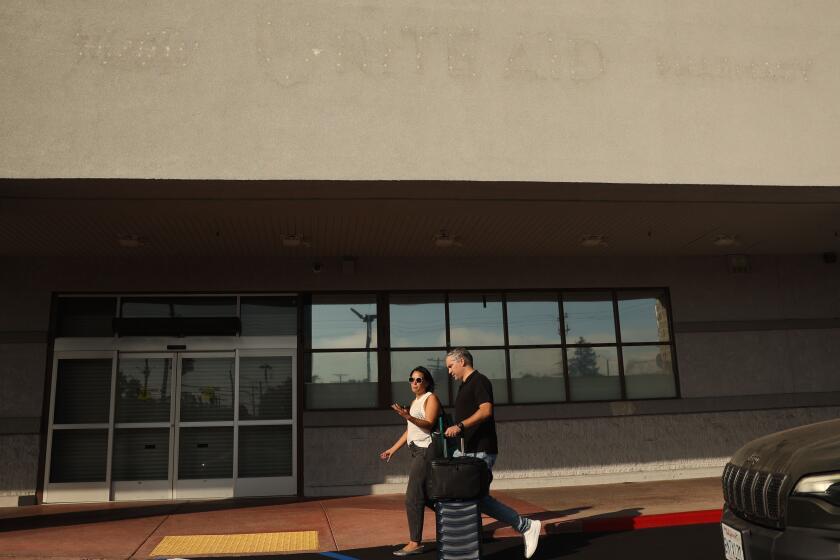Fed pays $76.9 billion from bond-buying program to government
The Federal Reserve’s controversial “quantitative easing” program of buying government bonds to stimulate the economy generated huge profits last year, resulting in the Fed’s transferring $76.9 billion to the U.S. Treasury in 2011, the central bank said Tuesday.
It was the second-largest such transfer since the Fed was created in 1913, nearly enough to finance the 2012 budgets of the Justice Department and State Department combined.
Historically, transfers are far smaller. In 2004, as the economy hummed, the Fed transferred just $18.1 billion to the Treasury.
In 2010, however, as the Fed raked in interest payments from new purchases of government bonds and mortgage-backed securities, the transfer hit a record $79.3 billion.
Senior Fed officials, speaking on the condition of anonymity in order to talk freely, confirmed that the bank’s earnings remain very high compared with historical standards, reflecting the Fed’s large purchases of government bonds in order to stimulate the economy.
In all, the Fed earned $83.6 billion in 2011 from taxpayer-paid interest on the government bonds it bought as part of its quantitative easing program. The effort was intended to drive down interest rates across the economy and force investors out of the safe government bond market into riskier investments, such as stocks, that would boost economic activity.
Usually, the interest that taxpayers pay on those government bonds goes to private investors. But since the Fed bought the bonds, it received the interest payments, which it then returned to the treasury. Fed officials on Tuesday called the quantitative easing effort a net gain for taxpayers.
The Fed purchased $600 billion in government bonds last year in a second round of big purchases and announced that as its bond holdings matured it would reinvest the proceeds in new bond purchases. Those actions swelled the Fed’s balance sheet to about $2.5 trillion.
This second round of purchases was controversial because of its size and concerns that eventually the exercise could spark inflation that would be hard to rein in. Many Republican lawmakers also viewed the Fed’s effort as an end-around Congress, which enjoys power of the purse and had moved to halt additional government debts accrued for new stimulus spending.
The Fed’s reported net income — revenues less expenses — of $78.9 billion in 2011 was slightly below the record $81.7 million reported for 2010. The primary reason for the drop was that many high-interest loans tied to the controversial bailout of insurance and finance giant American International Group moved off the Fed’s books last year when AIG repaid $15 billion of the government bailout, officials said.
The Fed also paid out about $1 billion more last year in interest payments to banks on money held in reserve at Federal Reserve banks across the country. Since 2008, the Fed has paid 0.25% interest on this money, and some critics say that this gives an incentive for banks not to lend money to consumers and businesses.
Tuesday’s numbers were unaudited and preliminary. A fully audited account of the Fed’s financial activities in 2011 is due in March.
Hall writes for MarketWatch.com/McClatchy.
More to Read
Inside the business of entertainment
The Wide Shot brings you news, analysis and insights on everything from streaming wars to production — and what it all means for the future.
You may occasionally receive promotional content from the Los Angeles Times.









